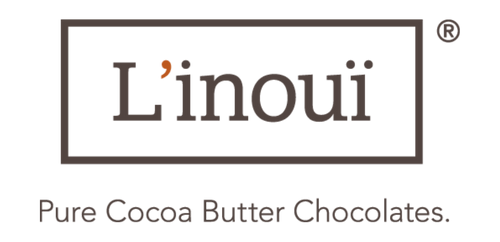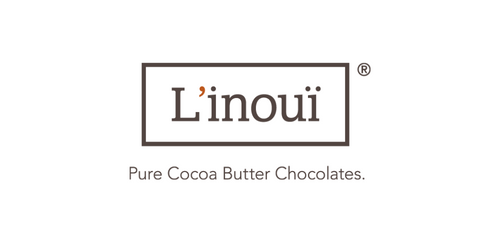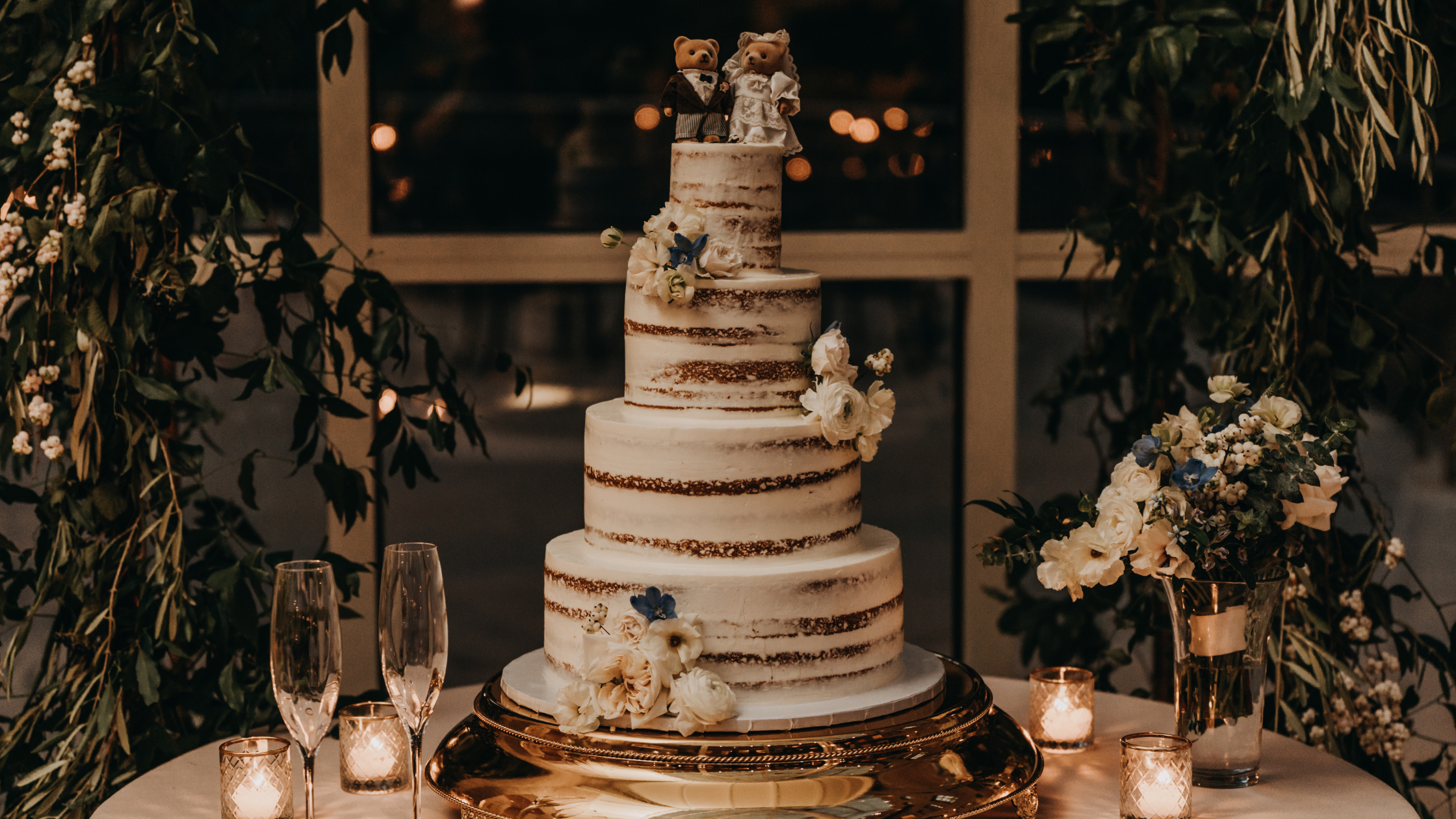Have you ever wondered how we got to enjoy the delicious, sugary treat of cake? It's one of life's simple pleasures that can bring joy to any occasion. From birthday parties and celebrations to a comforting snack on a rainy day, cakes have become a staple treat in our lives. Now, let us explore the fascinating history behind this tasty delicacy!
Introduction
A slice of cake is a delicious treat that can be enjoyed by people of all ages. But where did cake come from? Who invented it?
The history of cake is actually quite interesting. The word “cake” is derived from the Old Norse word “kaka”, which means “flatbread”. Early cakes were actually more like what we would today consider biscuits or cookies. They were flat and dry, and often had fruit or nuts added to them for flavor.
The first cakes were probably made in ancient Egypt. Yeast was used to making them light and fluffy. Honey was also often used as a sweetener. Nuts and spices were added for flavor and the cakes were sometimes iced with honey or syrup.
The Roman Empire also had a long tradition of baking cakes. One of the most popular flavors was olive oil cake, which was flavored with rosemary and other herbs. Another popular flavor was plum cake, which was made with dried fruits and nuts.
Cake became even more popular in the Middle Ages when sugar became more readily available. Sugar was expensive, so only the wealthy could afford to bake cakes regularly. Wedding cakes were especially elaborate, often being multi-tiered and adorned with expensive decorations such as gold leaf and sugar roses.
Today, there are literally thousands of different types of cake available, from simple spongecakes to rich chocolate creations. Whether you enjoy a classic Victoria's Sponge
The Earliest Cakes
The earliest cakes were very different from the cakes we know today. They were more like bread and were sometimes even savory. The first mention of cake dates back to the 4th century BC when a Greek writer mentioned a cake made with honey and wheat flour.
It wasn't until the Roman Empire that cakes started to become sweeter. The Romans added fruits and nuts to their cakes, and sometimes even soaked them in honey. This is where we get the word "cake" from - it comes from the Latin word for "flatbread".
Cakes really started to take on their modern form in the Middle Ages. Sugar became more affordable at this time, so people started using it to sweeten their cakes. Butter and eggs were also used in cakes for the first time, making them richer and more delicious than ever before.
Ancient Cake Recipes
Ingredients and methods for making cake have evolved significantly since ancient times, but the basic concept of combining flour, sugar, fat, and eggs to create a sweet treat has remained fairly constant. Here are some recipes for cakes that would have been enjoyed by our earliest ancestors:
- Ancient Egyptian Cake: This cake is made with a combination of semolina flour, honey, butter, and eggs. It is believed that this cake was served to the gods and goddesses of Egypt, as well as to royalty and other dignitaries.
- Roman Honey Cake: This cake is made with a combination of whole wheat flour, honey, olive oil, and eggs. It was a popular treat in ancient Rome and is still enjoyed today.
- Medieval Spice Cake: This cake is made with a combination of rye flour, honey, butter, and spices like cinnamon, nutmeg, and cloves. It was popular in medieval Europe and is still enjoyed by many people today.
- Scottish Fruitcake: This cake is made with a combination of oats, barley flour, dried fruits like raisins and currants, butter, eggs, and whisky or brandy. It is a traditional Scottish bake that is often served at weddings and other special occasions.
- Japanese Orange Cake: This cake is made with a combination of rice flour, orange peel zest, butter, eggs, and sugar . It is believed to have originated in China but became popular in Japan.
Middle Ages to the Renaissance
In the years between the fall of Rome and the Renaissance, cakes were mostly made by wealthy people as luxury items. They were often very elaborate, with many layers and decorations. During this time, fruitcakes and Christmas cakes became popular.
In the Middle Ages, sugar was a rare and expensive ingredient, so it was used sparingly in cakes. Honey was used more often, which is why many medieval recipes for the cake are actually more like honey-based pies or puddings. Bread was also sometimes used as a base for cakes, which is why some early versions of cake were actually quite dense and heavy.
It wasn't until the Renaissance that sugar became more widely available and affordable, making it possible for ordinary people to enjoy sweet treats like cake on a regular basis. This period also saw the development of new baking techniques and ingredients, such as yeast, which made it possible to create lighter, fluffier cakes.
What is Modern Cake?
There are many different types of cake, but what is considered “modern cake”? Modern cake can be defined as a sweet food made from a mixture of flour, sugar, eggs, butter or oil, with baking powder or soda for leavening, and often fruit, chocolate, or nuts. It is usually baked in an oven and has a soft and light texture.
The first chocolate cake was created in 1764 by Dr. James Baker and John Hannon. The two men initially produced chocolate by grinding cocoa beans between two heated granite slabs. Baker then mixed the resulting paste with water to produce liquid chocolate that could be used in cakes and other desserts.
In 1828, Dutch chemist Coenraad Johannes van Houten developed a process to treat cocoa beans with alkaline salts, which reduced their bitterness and made them more soluble. This “dutching” process made it possible to create a cocoa powder, which helped pave the way for chocolate cakes and other sweets.
In the early 1800s, British bakers began using chemically leavened agents such as sodium bicarbonate (baking soda) and cream of tartar (potassium bitartrate) to make cakes lighter and fluffier. These recipes were typically called “quick bread” because they could be made quickly without having to wait for the yeast to rise. American bakers adopted these methods in the mid-19th century.
Conclusion
While the true origins of cake remain shrouded in mystery, one thing is for sure - we owe a great deal of gratitude to those who invented cake and made it a worldwide sensation.
From its humble beginnings as a flatbread to the decadent confections of today, cakes have taken on many forms throughout history and continue to be enjoyed by people from all walks of life.
As soon as you finish reading this article, if you feel the urge to eat some delicious, rich, moist, and divine cake, head on over to Linoui and order some of the best cakes you have ever tasted.



